The flat barbell bench press is one of the greatest mass and strength building exercises of all time. It effectively works the chest, shoulders, and triceps while providing general strength carryover to a multitude of lifts. It is an old school, time-tested exercise that has delivered results to the greatest athletes and bodybuilders of the modern world. It remains a notorious lift that is performed every Monday, on international chest day.
The popularity of the bench press strikes an important question. That is, why do lifters love this exercise so greatly? The answer can be simplified in one word—results. The lifter who can transcend his 135lb bench press to 405lbs will acquire a physique that few people ever obtain. Bulging pecs, titanium triceps, and shoulders of the Gods. In addition, the bench press is an amusing exercise to perform while satisfying the ego’s desire to lift heavy weights. This obsession for weight, however, is the greatest downfall of this marvelous exercise.
Enter…pec tears. Enter…rotator cuff destruction. Enter…the world of non-lifters. This is what happens to those who do not take the necessary precautions in staying injury-free. The unfortunate reality is that bench pressing, although very effective for strength and mass, can cause one to cease lifting completely. Powerlifters and bodybuilders understand this very well, given the fact that these groups of lifters have suffered the most injuries. Surgeries are extremely common, as is stopping pressing altogether.
That said, the bench press is not necessarily a dangerous exercise. Rather, it poses a high injury risk when one does not place measurements to ensure security. If the right strategies are implemented, lifters will be blessed with the ability to bench press for long periods of time. That is why in this article, I wish to offer you six life changing techniques that will allow you to possibly bench press forever. Let us dive into this.
#1 Bench Like a Powerlifter
Would you go to a seafood restaurant to eat a high quality steak, and would you hire a basketball coach to become a better hockey player? If not, why would you learn how to bench press from a non-powerlifter? What lifters must understand is that the bench press is a competition lift in the sport of Powerlifting. There are very specific rules, guidelines, and regulations that must be followed to prevent being red-lighted (failure, or no lift).
That said, would it not be logical to assume that powerlifters have perfected bench press technique? Does it not make sense that they have developed strategies that a) allow you to lift more weight and b) keep you injury-free? It should be obvious that these athletes are the most qualified to speak on the subject, which is precisely why you must adopt the form that they teach. Powerlifters have mastered the bench press for many decades, which means you may learn off their bad mistakes so that they be not repeated.
The powerlifter bench press is rather simple to execute. The scapula is retracted, the glutes are squeezed, feet are pressed hard onto the floor, the elbows tuck upon the descent, and the bar touches the chest. This combination allows for maximum tightness and best leverages, which is absolutely essential for lifting heavy weight while remaining injury free. On top of that, range of motion is decreased slightly which further prevents pec tears and shoulder strains. This is the only way to bench press for longevity and performance. The flat back, elbows-flared, dancing leg lifter will eventually get injured if he continues to use such improper form. With the powerlifter method, risks are reduced to a magnificent extent. For more info on optimal technique, watch this video.
An optional feature that may be included for extra longevity (which is also mandatory for competition) is pausing at the chest. Pausing requires 100% tightness at the bottom, which teaches lifters how to descend the bar correctly. It also eliminates bouncing which is ineffective for bottom strength development, forces lifters to use a lighter weight, and aids in not damaging the sternum. In other words, 3 risks are cut out through pausing. This concept is not mandatory as a recreational lifter, but it can definitely be beneficial for those who wish to maximize their longevity. My second best recommendation would be to touch and go using a slight stroke, or by implementing bands which induce a powerful stretch reflex at the bottom which strengthens the connective tissue. Whatever method you choose, I hope my point remains clear that the powerlifter style of bench pressing is the ONLY way to perform this lift.
#2 Narrow Your Grip
The most common way to bench press is with a wide grip, where some fingers remain on the rings of the barbell. Although this method is very effective for lifting maximum amounts of weight, it can pose great risks that can potentially damage your shoulders in the long run. The problem is that a wide grip will create far more internal shoulder rotation than a close grip. This increases the chance of straining your rotator cuffs, AC joints, and even your pecs as many bodybuilders will attest. Moreover, it is much harder to tuck so naturally you will have an inclination to flare out your elbows. These disadvantages will lead to your demise if you train long enough. Therefore, I would highly recommend that you transition into using a narrower grip instead. I will recommend two positions, either shoulder width apart or slightly wider than that. By making this quick grip width adjustment, you will be able to tuck your elbows far more, which eliminates much of the internal shoulder rotation and negative pains. I promise you that using a narrow grip has the greatest longevity benefits when doing the bench press. It will also make your triceps very strong, and force you to press through a larger range of motion. In other words, narrow your grip for longevity and performance.
3- Reverse Band Bench Press
The reverse band bench press is a modification where bands are hung from the top of a power rack to the barbell collars. This style is one the best ways of all time to bench press forever. As you bench, the bands will begin to stretch as the bar gets closer to the chest. When you press back up, the bands will literally “spot” you by shortening back to their normal length. The result is that you are deloading the bottom of the bench press, where most injuries occur. For instance, say you are doing 315lbs with reverse minibands. At the top, you are holding 315lbs. At the bottom, it might be anywhere between 285-295lbs. In other words, the strength curve is modified which makes the bottom lighter than the top. If you use heavier band tensions, you can deload the bottom even more. Minibands, monster minibands, and lights is what I would recommend for performance and longevity. Now I know some people will say that the reverse band bench press is only for equipped powerlifters. My response is that if you’re not a powerlifter, it doesn’t matter in the first place. There are zero rules, other than get “strong and be safe”. The fact of the matter is that reverse band bench press is one of the best ways of staying injury-free, because it assists lifters through the most dangerous part of the lift, the bottom. Who cares if it doesn’t carryover as much (even though it does)? You get to hold heavier weights in your hand thus overloading the triceps and CNS, while keeping your pecs and shoulders safe. It’s an awesome way to bench if you have been previously injured. Remember, if you’re not a powerlifter you don’t have to stick to the rules.
4- The Slingshot
The slingshot is one of the greatest inventions ever made. It was created by Mark Bell, a former competitive powerlifter and founder of the Supertraining gym. Although I am not sponsored by Mark Bell, I can tell you that this product is the best damn thing ever created for pressing safely. It essentially grants you a second pair of pecs, weaker ones that is. In fact, people who have had pec tears and serious shoulder injuries can typically bench safely AND heavy with a slingshot! Best of all, it has 100% carryover to the raw bench press therefore making it useful for all strength athletes and bodybuilders alike. The slingshot works by stretching and contracting like your muscles. It a) forces you to use perfect technique by rowing the bar and tucking the elbows b) overloads the weight which helps in strength and b) gives a pop off the chest. The degree of tension varies depending on the type that you buy. As of right now, there are four versions that exist. Here are the tensions as listed by Mark Bell.
- Level 1: Reactive Slingshot (blue)
- 5-10% max overload, low bottom support.
- Level 2: Original Slingshot (red)
- 10-15% max overload, moderate bottom support
- Level 3: Boar Slingshot (yellow)
- 10-20% max overload, moderate bottom support and sooner than other models. Angled sleeves.
- Level 4: Mad Dog Slingshot (black)
- 15-25% max overload, heavy bottom support. Doubly-ply.
As you can see, the higher the tension, the more overload you get. In particular, this means you get more bottom support, which is exactly what you need to bench press safely. I would personally recommend the red, original slingshot since it is the most balanced. It offers a 10-15% overload, which is perfect. You should get no more than 35-55lbs out of this slingshot. Most people get 35-40lbs out of it. The blue is a lighter tension, and is recommended for slight protection. The yellow and black are best reserved for extreme overload, because it will deliver well over 65lbs to the lift. Therefore, the original should be best for most lifters. I HIGHLY recommend this device, it will allow you to bench safely and heavy without any pain. The more banged up you are, the higher the level you should pick. On a final note, I would like to mention that if you are going to bench press exclusively with the slingshot (which is perfectly fine if you do not compete), you should most definitely add some extra overhead work afterwards. The classic OHP combined with slingshot bench press will ensure that you have zero strength weaknesses if you decide to do raw bench in the future.
5- Mobility Work
My last piece of advice is to begin treating your mobility work far more seriously. If you have tight pecs, shoulders, and upper back you must stretch and develop these areas. I am not going to get into too much detail in this section, since you can do your own research and this topic is rather boring. However, I will state that you should incorporate band innies and outies every workout session, band face pulls, band pull-aparts, and lots of rows + lat pulldowns. Your upper back, rear delts, and rotator cuffs must be very strong to prevent injuries. I will also recommend that you incorporate the crazy bell bench press into your workouts. The shaking aspect will strengthen the connective tissue to a large extent, and teach you how to stabilize correctly. If you have the bamboo bar, definitely use that as well. I like 4×20, 4×15, and 3×10 for this type of work. I recommend you do this for overhead press and flat barbell bench press at least one time a month. Mobility work can and should be done 2-4x a week. Stretching can be done every day if you choose to. Don’t get lazy in this department, it’s very important for preventing muscular imbalances and reducing tightness.
Pour Conclure
In the final analysis, it is evident that there are many ways to bench press safely and heavy. By adopting a powerlifter styled bench press, narrowing the grip, incorporating reverse bands, slingshot, and doing more mobility work your benching career can be extended many decades. The information you learned today will save you from injuries, expensive surgeries, and nagging pains. It is the best way to bench press for longevity, period.
Now go bench without fear, it’s time to kick some ass.
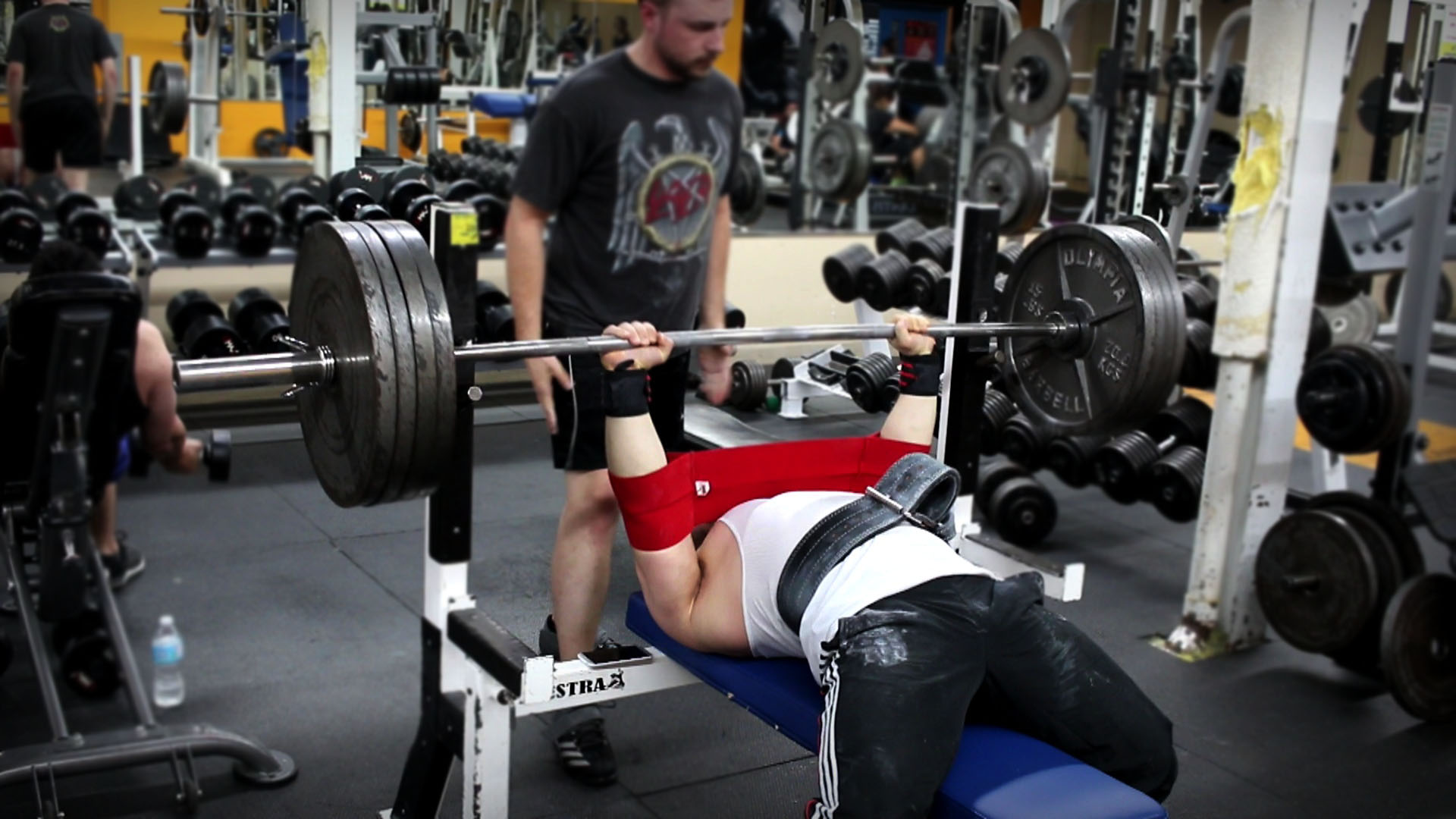
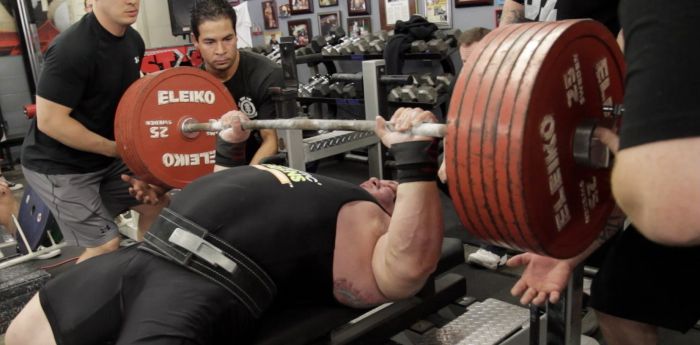
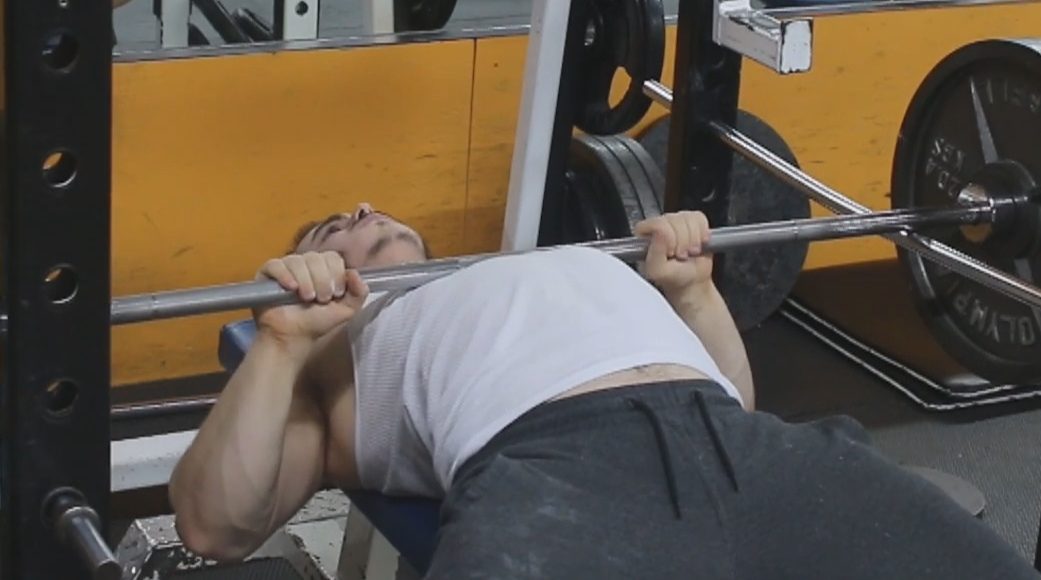
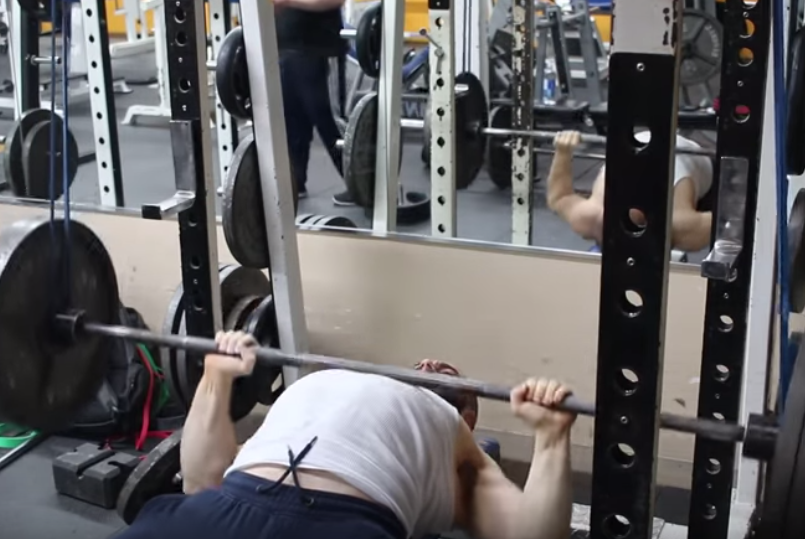

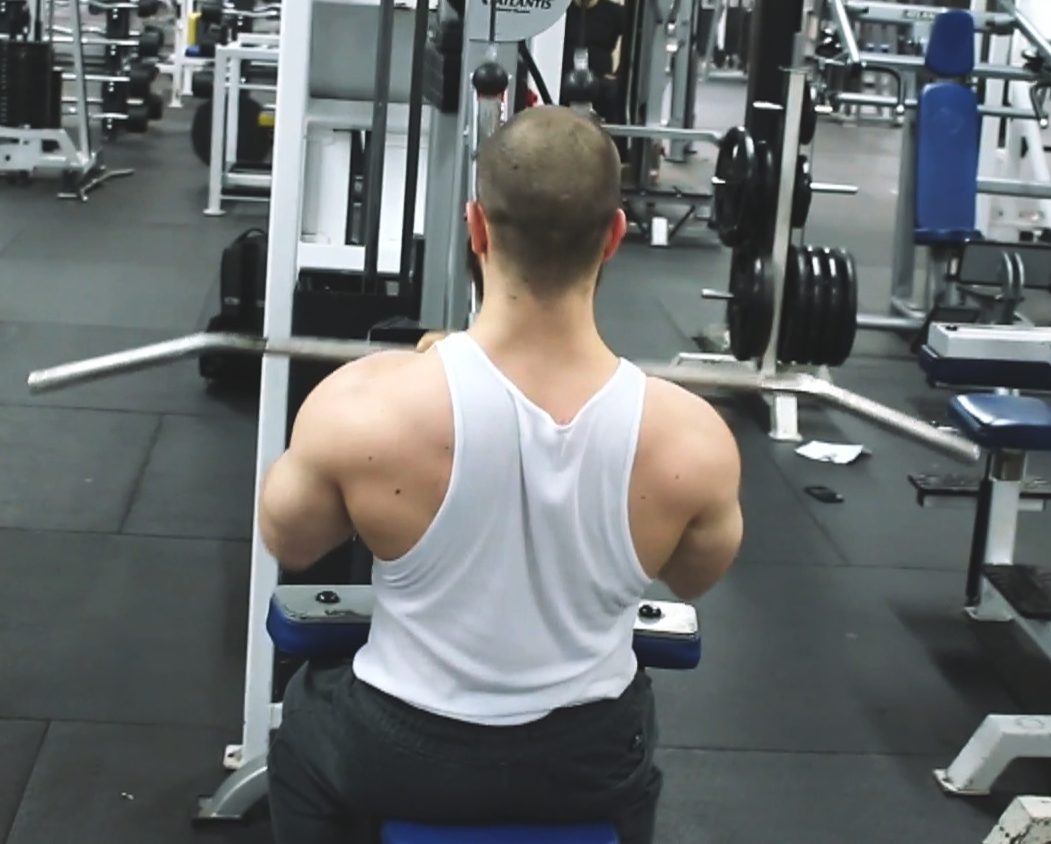
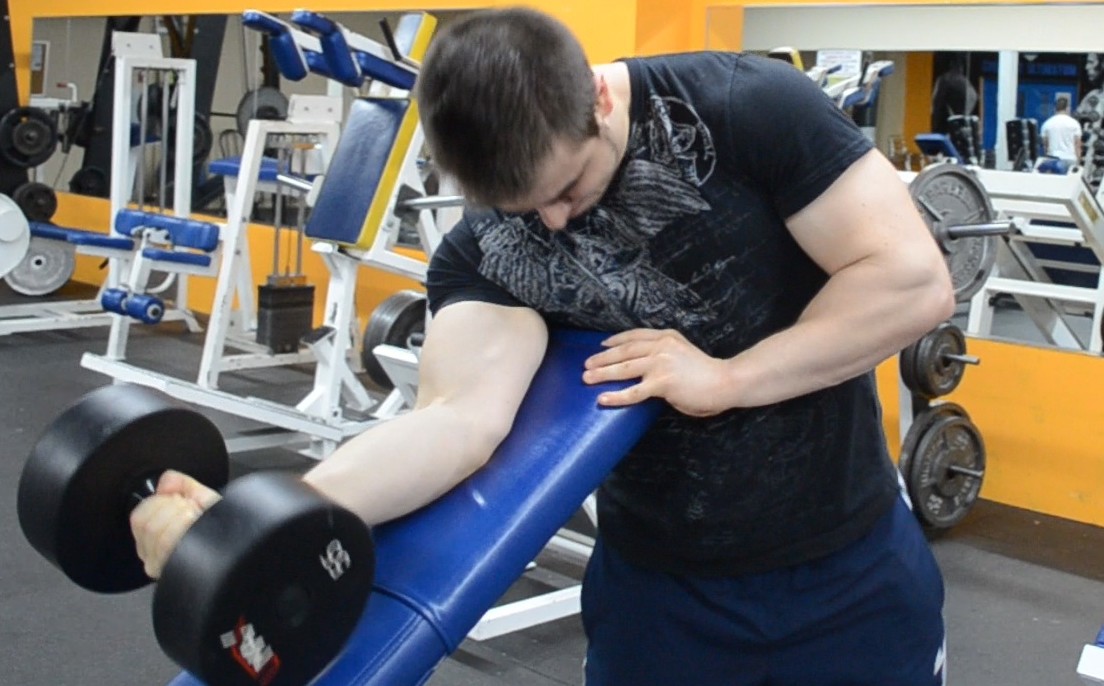
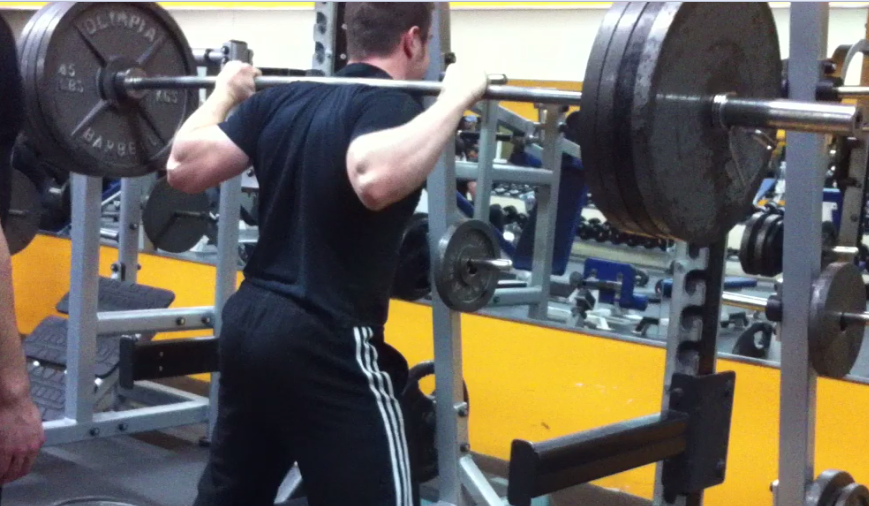

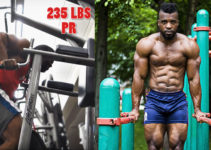


I agree if your not a powerlifter there are no rules just get stronger in different movements for full body strength.
Leonidas is a chocolate name. You melt in the mouth buddy ?
I love the slingshot it saved my bench pressing workout I had hurt my shoulder and could not bench anymore